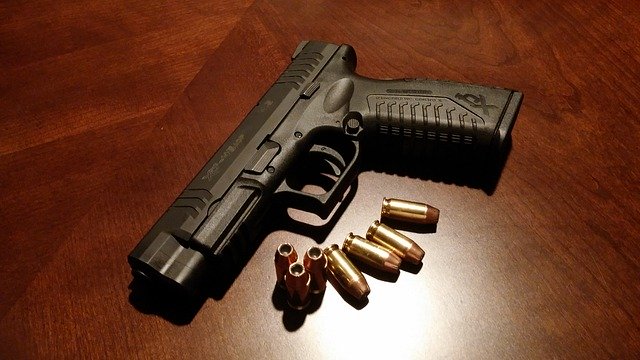Federal Prosecution of National Firearm Laws Threatened by Definition of the Word ‘Gun’
Determining what qualifies as a gun might seem simple, but at the federal level, that is not always the case. For decades, federal law enforcement officials have relied on a definition of the word “gun” for regulatory and prosecutorial purposes. However, many find this problematic as a receiver technically qualifies as a firearm under this definition.
The increasingly popular AR-15-style firearm is built with a two-part receiver: upper and lower. Neither of these parts can fire a bullet on their own. For regulatory purposes, federal prosecutors and the United States Bureau of Alcohol, Tobacco, Firearms, and Explosives (ATF) have considered the possession of the lower receiver to meet the definition of owning a “gun.”
“Today, there are an estimated 17 million AR-15-style weapons in this country,” according to Attorney Jeffrey Lichtman. “However, due to the inadequacy of the federal definition of the word ‘gun,’ one might magically make them all disappear simply by disconnecting the upper and lower parts of the receiver. AR-15s are widely popular within the build-your-own gun community. As a result, it might be wise for the ATF to fix its regulatory definition if it insists on bringing charges against individuals for possessing or soliciting the various parts of this weapon’s receiver.”
Yet the language that prosecutors have largely relied on to classify the lower receiver as a firearm has been called into question. Some judges have ruled that because the lower receiver does not possess all of the components listed in the ATF’s definition, it cannot legally be considered a gun. As a result, the ATF would have to fix its definition of what constitutes a firearm in order to be able to legally enforce lower receivers as guns.
Current and former federal officials have been sounding the alarm for several years now – especially in light of the catastrophic mass shootings such as those in Las Vegas, Nevada and Parkland, Florida – over the potential for this to disrupt efforts to effectively regulate firearms in the country.
Cases involving the lower receiver make up a small number of federal gun charges around the country. However, the lower receiver loophole could allow for people in possession of what are referred to as “ghost guns” to benefit and not see charges. These are self-manufactured firearms that can be built from parts purchased or even 3-D printed, making them extremely hard to detect by law enforcement.
The concern rests with some that this loophole could also apply to other types of guns and allow some, who might not otherwise be permitted to possess a firearm, to obtain them piece-by-piece and avoid standard regulatory restraints and background checks.
If and until this regulation is amended to include the lower receiver as a weapon in and of itself, defense attorneys can use it as a powerful tactic in getting charges dropped for their clients. Many lawyers have already done so, and now that the loophole has become more widely recognized, more are likely to follow suit. It will require the ATF to bring “regulatory or administrative action” to amend this semantic issue. However, there is no record yet of such action being taken.
Feature Image by Brett Hondow from Pixabay

